A Complete List of Intel Processor Generations
In today’s tech landscape, several leading processor companies continue to innovate, with Intel being one of the most prominent. Known for its pioneering role in the world of technology, Intel processors have become synonymous with computer performance.
While you can’t physically see the Intel processor inside a computer or laptop, it’s a vital component that powers these devices. Did you know that Intel processors have evolved over time, with a range of series and models constantly being upgraded?
Understanding these advancements is crucial, especially when purchasing new computing equipment. Staying updated on Intel's processor developments can help you avoid potential pitfalls, such as being misled by sellers.
Now, let's dive into Intel’s processor series and learns each generation as it progresses. Keep reading to learn more!
1. Arrow Lake Generation

The Arrow Lake Generation, also known as the Intel Core Ultra Series 2, is the next chapter in Intel’s processor lineup, following the 14th generation.
Introduced in October 2024 for desktop platforms, the mobile version debuted at CES 2025. This generation marks a significant shift in Intel's branding, with the Intel Core Ultra name now representing their high-end products. Arrow Lake belongs to the Core Ultra Series 2.
As with previous Intel generations, Arrow Lake adopts a tile-based (chiplet) design. Instead of relying on a single monolithic chip, the processor consists of multiple interconnected tiles or small chips, offering improved flexibility and efficiency.
Arrow Lake also includes an integrated GPU with Xe-LPG and Xe-LPG+ architecture, enhancing graphics performance. Additionally, it features a Neural Processing Unit (NPU) with the NPU 3720 Architecture, designed to accelerate AI tasks.
Manufactured by Intel and TSMC, Arrow Lake is produced using advanced fabrication processes such as TSMC N3B, TSMC N5P, and TSMC N6. Desktop models use the LGA 1851 socket, while mobile variants are built with the BGA 2114 socket.
2. Raptor Lake Generation
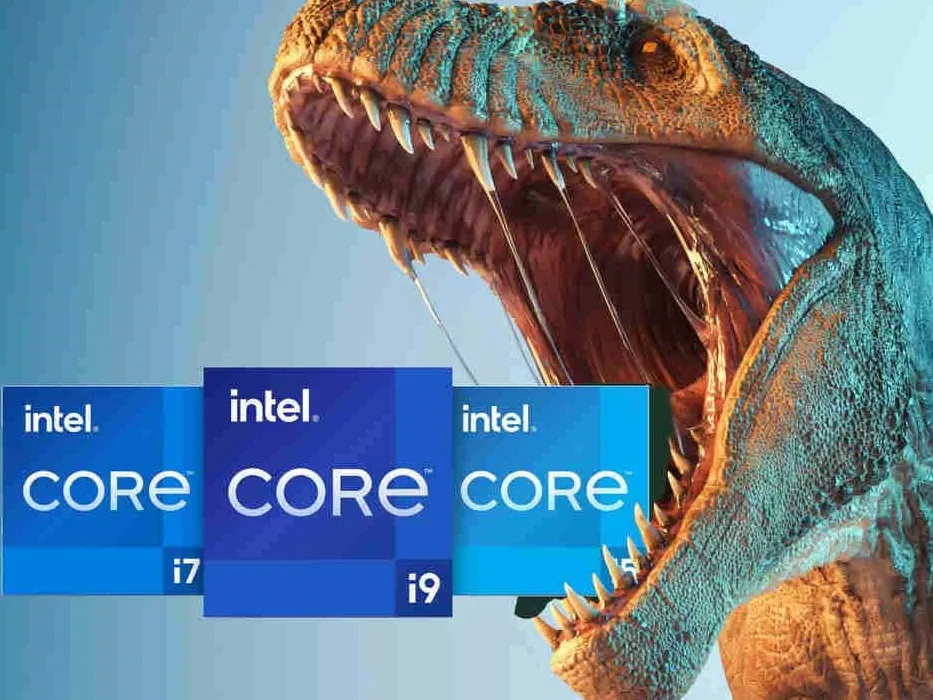
Intel introduced the Raptor Lake generation in October 2022 as the 13th iteration in the Intel Core series, following Alder Lake. Raptor Lake brought several performance improvements over its predecessor.
Like Alder Lake, Raptor Lake uses a hybrid processor architecture, combining a high-performance cluster (P cores, Raptor Cove) and a power-efficient cluster (E cores, Gracemont).
The Intel Core i9-13900K and i9-13900KF, with a total of 24 cores (8 P cores and 16 E cores), represent the highest core count in this generation.
Upon its release, the Intel Core i9-13900K was hailed as the world’s most powerful gaming processor, reaching clock speeds of up to 5.8 GHz on its high-performance cores.
The 13th-generation lineup also introduced the Intel Core i7 (13700K and 13700KF) and Intel Core i5 (13600K and 13600KF) processors.
Additionally, DDR5 memory support was enhanced to 5600, a step up from the 4800 in the previous generation, while DDR4 support remained at 3200.
On the GPU front, Intel continued to use the Intel UHD Graphics 770, built on the Intel 7 process, which had been featured in the Alder Lake generation as well. The release of Raptor Lake positioned Intel as a formidable competitor to AMD’s Ryzen 7000 series, which launched in September 2022.
3. Alder Lake Generation
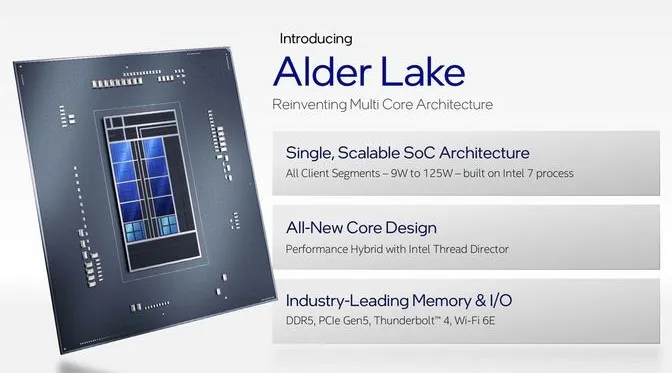
Intel officially introduced the Alder Lake generation at the 2022 Consumer Technology Association (CES) event. Alder Lake, the 12th generation of Intel Core processors, brought a great innovation with its introduction of a cluster system: P-Cores for performance and E-Cores for power efficiency. This design approach is somewhat similar to the processor clusters found in smartphone chips.
When Alder Lake was first unveiled, Intel introduced several variants, including the H-series, S-series, P-series, and U-series.
The Alder Lake S-series offers up to 16 cores and 24 threads, with a TDP range of 35-65 Watts. Intel claims this processor delivers a 1.35x faster multi-thread performance compared to the 10th generation Intel Core CPU.
Improvements were also made in the graphics sector, with the inclusion of Intel UHD Graphics 770 powered by Intel Xe architecture, supporting virtual displays.
The H-series of Alder Lake features processors with a combination of 6 P-Cores and 8 E-Cores, offering 20 threads and a TDP range of 35-45 Watts.
Intel also introduced the P-series and U-series, designed for laptops. The P-series processors cater to slim laptops that require high performance, while the U-series, with a TDP range of 9-15 Watts, targets even thinner laptop designs.
Additionally, Intel introduced new series such as the HX for gaming and workstations and the E series for different use cases. For a more detailed breakdown of these processors, you can refer to Intel's official guide on Alder Lake.
4. Tiger Lake Generation
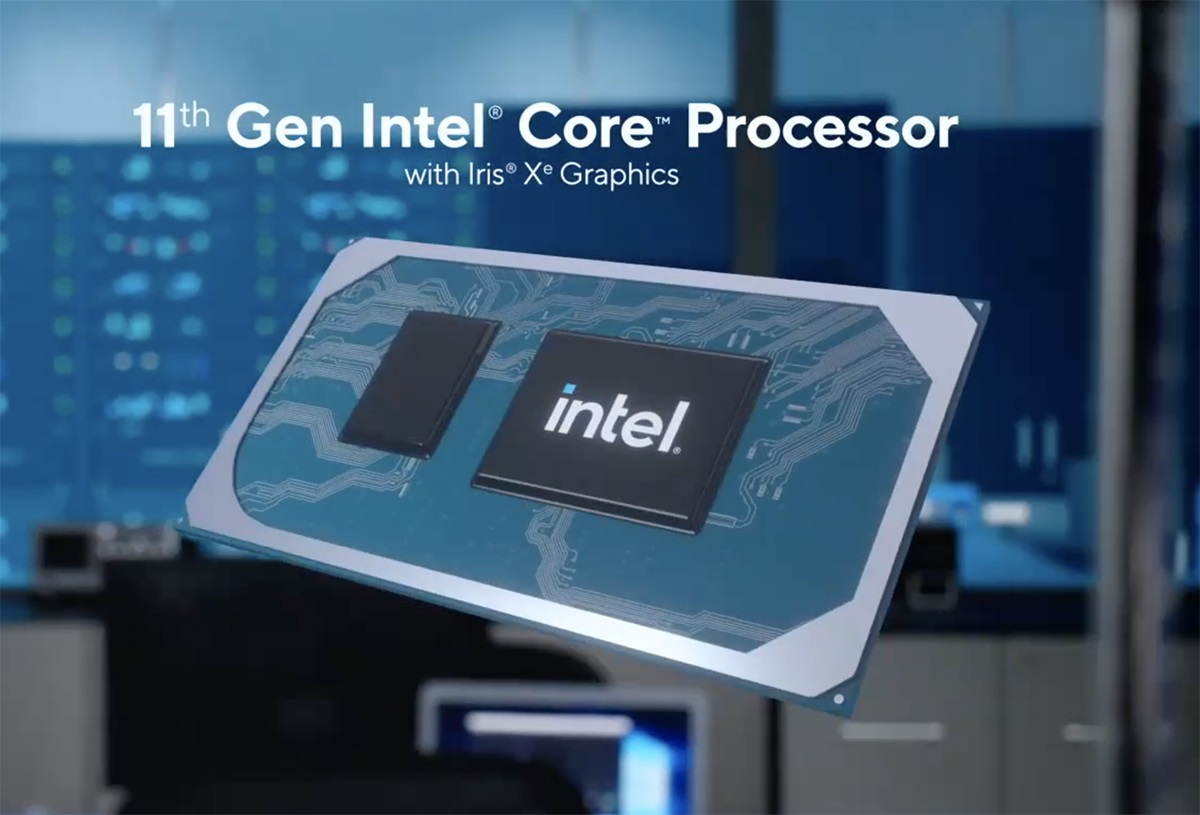
Released in 2020, Intel's Tiger Lake generation marked the 11th iteration of Intel Core processors. Tiger Lake succeeded the Ice Lake generation and was designed primarily for thin and light laptops, as well as 2-in-1 devices.
The Tiger Lake processors use the Willow Cove CPU architecture, an upgrade over the Sunny Cove architecture used in Ice Lake. Willow Cove brings significant improvements in performance per watt and overall energy efficiency.
One standout feature of Tiger Lake is the Intel Iris Xe integrated graphics. This graphics solution represents a significant leap over its predecessor and enables thin and light laptops to run light games and handle graphics-intensive applications more effectively.
Manufactured using the 10nm SuperFin fabrication process, Tiger Lake processors offer enhanced efficiency and performance compared to the earlier 10nm process used in Ice Lake.
Tiger Lake also became the first platform to fully support Thunderbolt 4 and USB4. These technologies provide faster data transfer speeds and the ability to charge devices via USB-C, enhancing the overall versatility of devices powered by Tiger Lake processors.
5. Cannon Lake/Ice Lake Generation
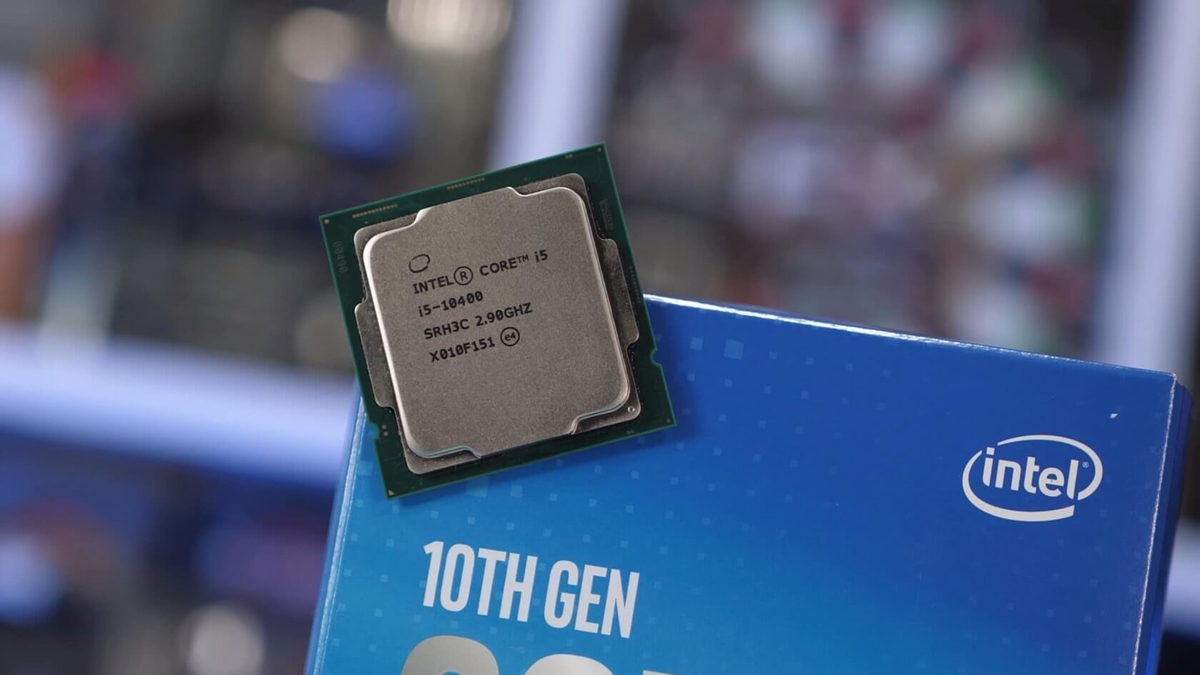
Ice Lake, the 10th generation of Intel Core processors, was introduced in 2019. It marked a significant milestone as the first generation to use Intel’s Sunny Cove microarchitecture for its CPU cores.
Sunny Cove brought improvements in instructions per cycle (IPC), which translates into better performance at a given clock speed. The architecture also introduced larger cache sizes and other features that enhanced overall efficiency.
Ice Lake was also the first Intel Core processor family to be manufactured using Intel’s 10nm fabrication technology. This process allows for a higher transistor density, improving power efficiency compared to the previous 14nm fabrication.
As with many mobile-centric processors, Ice Lake was designed as a System-on-a-Chip (SoC). This means that essential components like the CPU, GPU, memory controller, and I/O controller are integrated into a single chip, allowing for a more compact and power-efficient laptop design.
Moreover, Ice Lake processors integrated Thunderbolt 3 support directly into the CPU. Thunderbolt 3 enables high-speed data transfer, better external display connectivity, and device charging via a single USB-C port.
6. Coffee Lake Generation
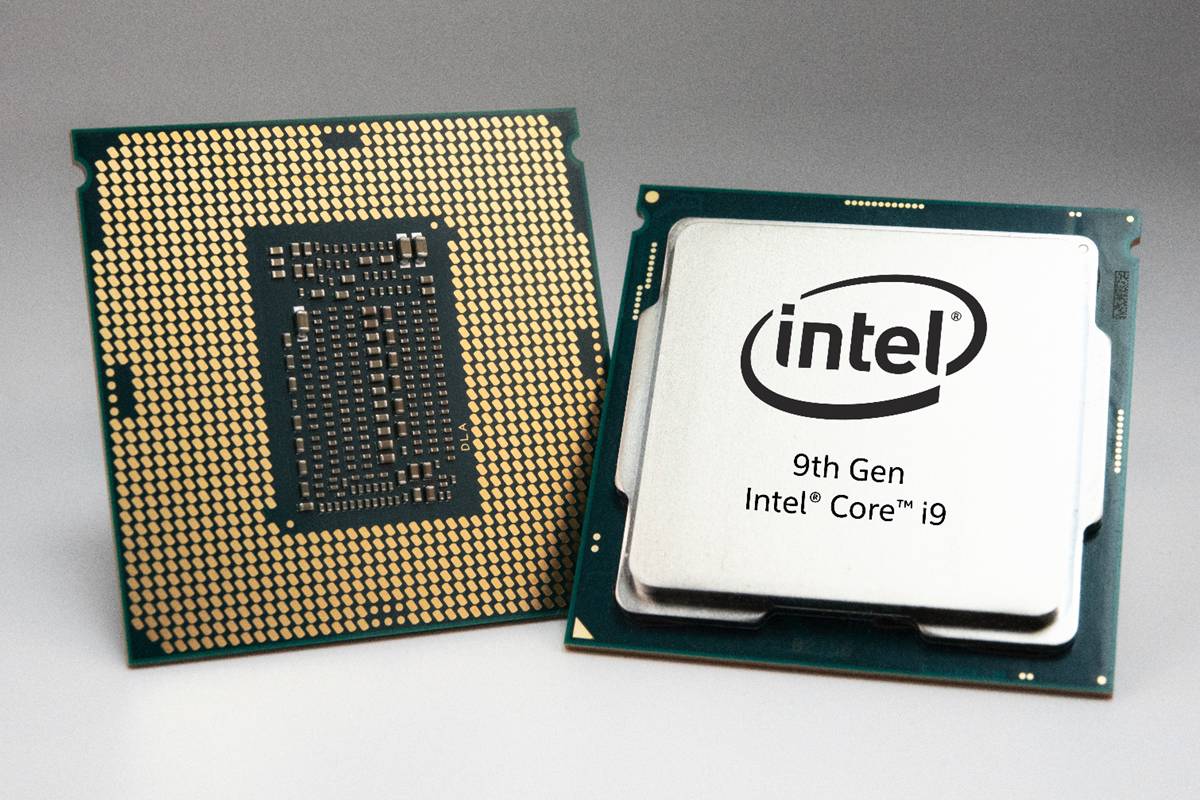
Intel’s Coffee Lake generation is the ninth iteration of its processors that was released in 2017. What sets this generation apart is its ability to exceed the previous limit of 4 cores per CPU, offering more powerful performance.
To manage the increased heat generated by the Coffee Lake processor cores, Intel integrated a heat dissipation system (HIS) directly into the CPU. This helps prevent overheating while maintaining optimal performance.
The Coffee Lake processors use the LGA 1151 socket, which features a revised pinout to support more than 4 cores and up to 16MB of L3 cache, providing a substantial performance boost.
7. Kaby Lake Refresh Generation
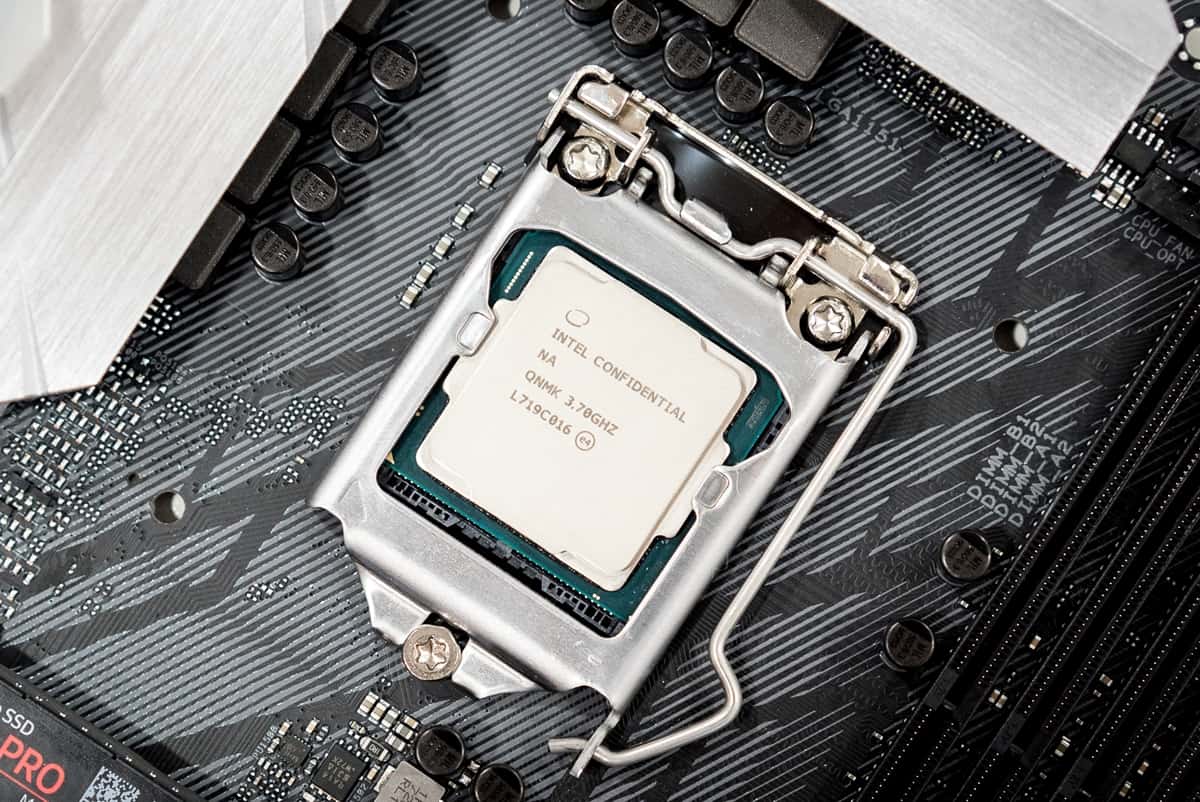
The Kaby Lake Refresh, the eighth generation of Intel processors, was also introduced in 2017. While it retains the same microarchitecture as its predecessor, it delivers a significant performance boost.
Intel claims that the Kaby Lake Refresh processors are 40% more efficient and 2.3 times faster than the previous generation.
This improvement is largely due to an increase in core count. Some chipsets from this generation also support DDR4-2666 RAM, though they do not offer compatibility with DDR3 RAM.
8. Kaby Lake Generation
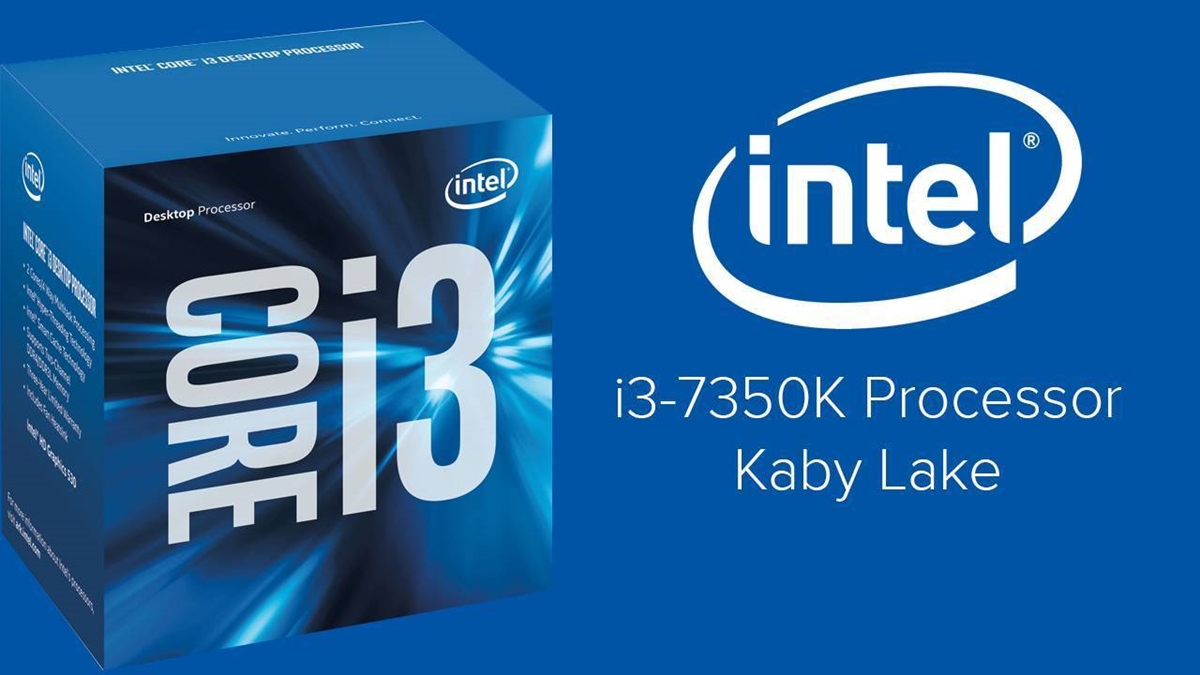
Launched in 2016, Intel’s Kaby Lake generation continues to use the 14nm fabrication process. Essentially an architectural refresh of the previous generation, Sky Lake, Kaby Lake offers slight improvements in efficiency.
This generation also uses the LGA 1151 socket and supports dual-channel memory configurations for both DDR3L-1600 and DDR4-2400 RAM. One of the standout features of Kaby Lake is its new graphics architecture, which enhances 3D graphics performance and enables smoother 4K video playback.
Additionally, Kaby Lake is the first Intel microarchitecture to lack official drivers for operating systems older than Windows 10, marking a shift toward newer software compatibility.
9. Skylake Generation
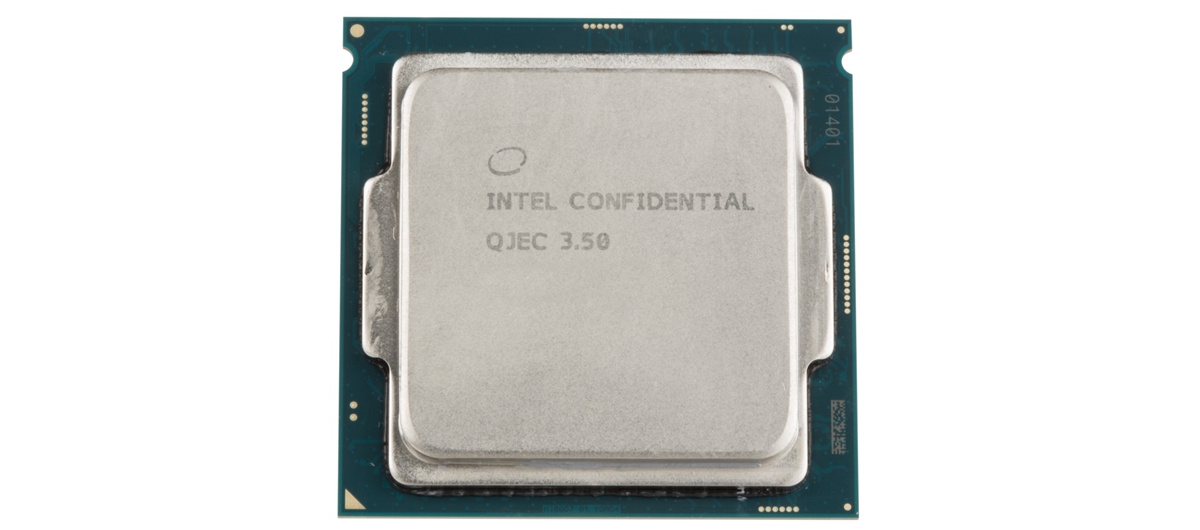
Intel introduced the Skylake generation in August 2015 as its sixth iteration. Built on a 14nm fabrication process, Skylake shares some similarities with its predecessor but offers a notable performance boost, delivering speeds up to 50% faster and improving power efficiency.
One of the key features of Skylake is Speed Shift technology, which helps reduce battery power wastage. Additionally, this generation supports 4K UHD video streaming, allowing users to enjoy high-quality content.
10. Broadwell Generation
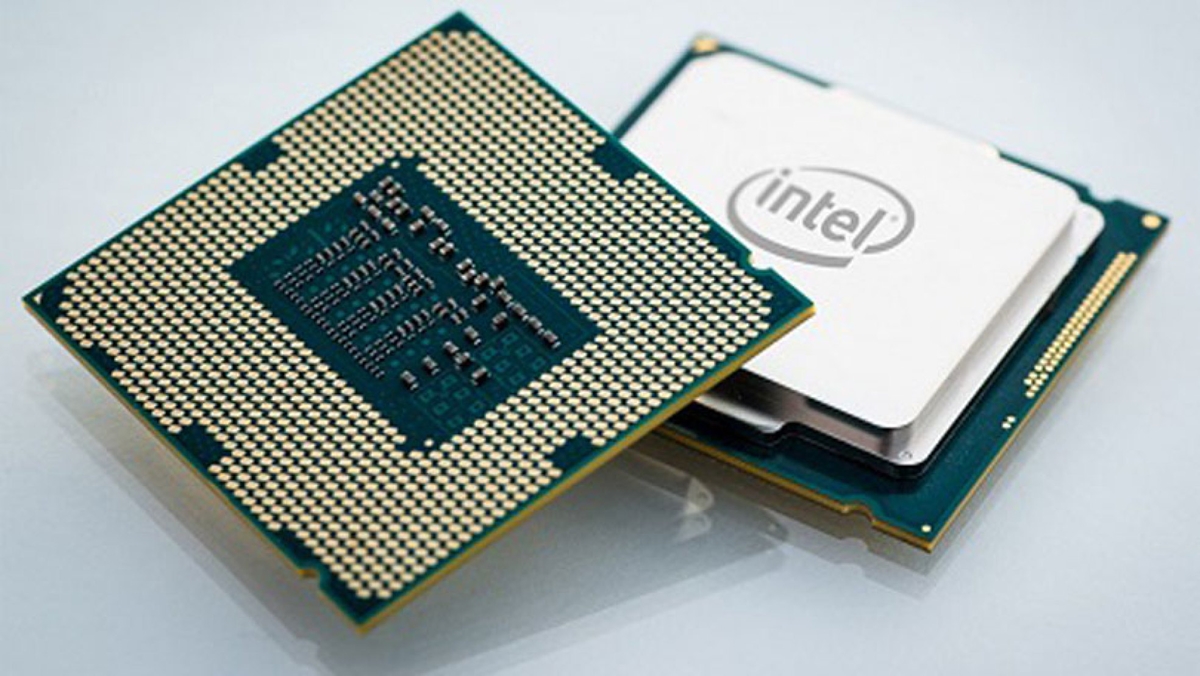
The Broadwell generation, Intel’s fifth iteration, was released in 2015. It also uses a 14nm fabrication process, but with a 37% smaller design, making it more power-efficient than previous generations.
Intel highlighted that Broadwell processors contribute to extending device battery life by up to 1.5 hours. While the design is more compact—especially in laptops and mobile devices—its performance is 20% better than that of its predecessor.
Broadwell processors use the LGA 1150 and LGA 2011-v3 sockets, supporting 2-channel DDR3L-1333/1600 RAM.
11. Haswell Generation
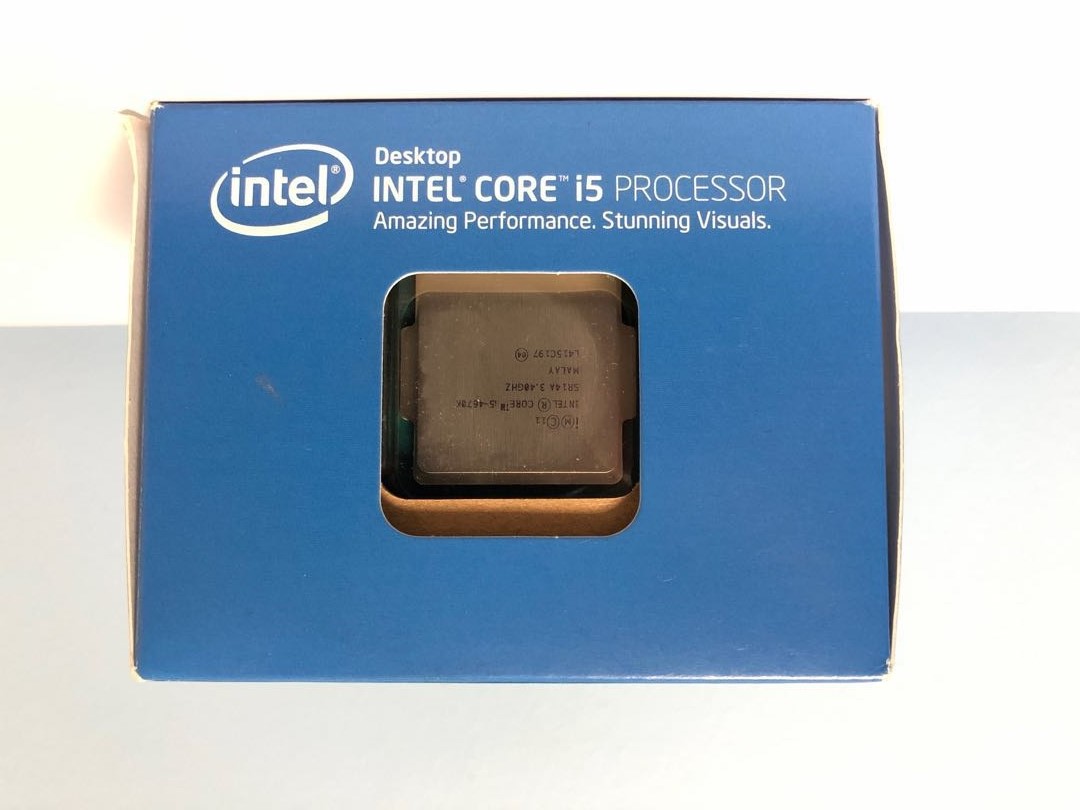
Launched in 2013, the Haswell generation is Intel’s fourth iteration, built on the same 22nm fabrication technology as Ivy Bridge. Despite this, Haswell processors offer superior speed compared to Ivy Bridge.
With clock speeds surpassing 3.4 GHz, the Haswell generation introduced several new features, including support for new sockets (LGA 1150, BGA 1364, LGA 2011-33), a new cache design, and DDR4 technology.
The main advantage of the Haswell generation lies in its power efficiency, making it particularly suitable for ultra-portable devices, as it consumes less power while delivering strong performance.
12. Ivy Bridge Generation
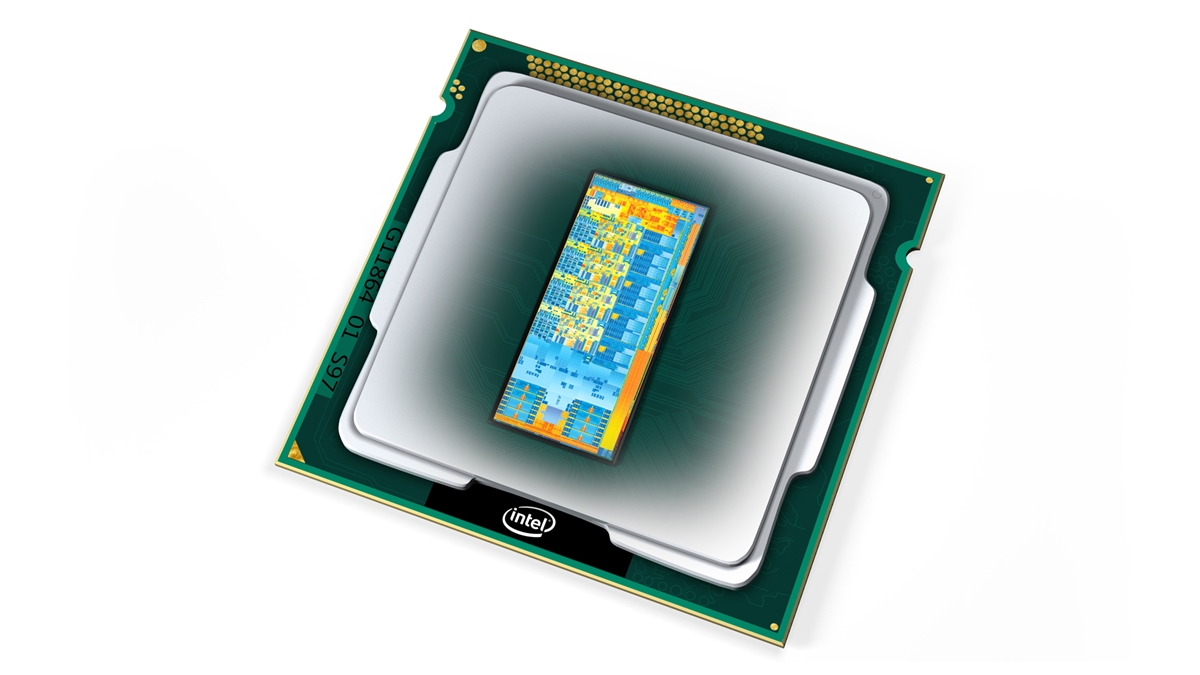
The third-generation Ivy Bridge processors were unveiled in September 2012. Built on a 22nm fabrication process, Ivy Bridge offers better efficiency and faster speeds compared to its predecessors.
Ivy Bridge supports USB 3.0 and PCIe 3.0 ports, but one drawback is that it generates more heat than the previous Sandy Bridge generation.
In terms of architecture, Ivy Bridge uses the same LGA 1155 socket as its predecessor, supporting DDR3-1333 to DDR3-1600 RAM.
13. Sandy Bridge Generation
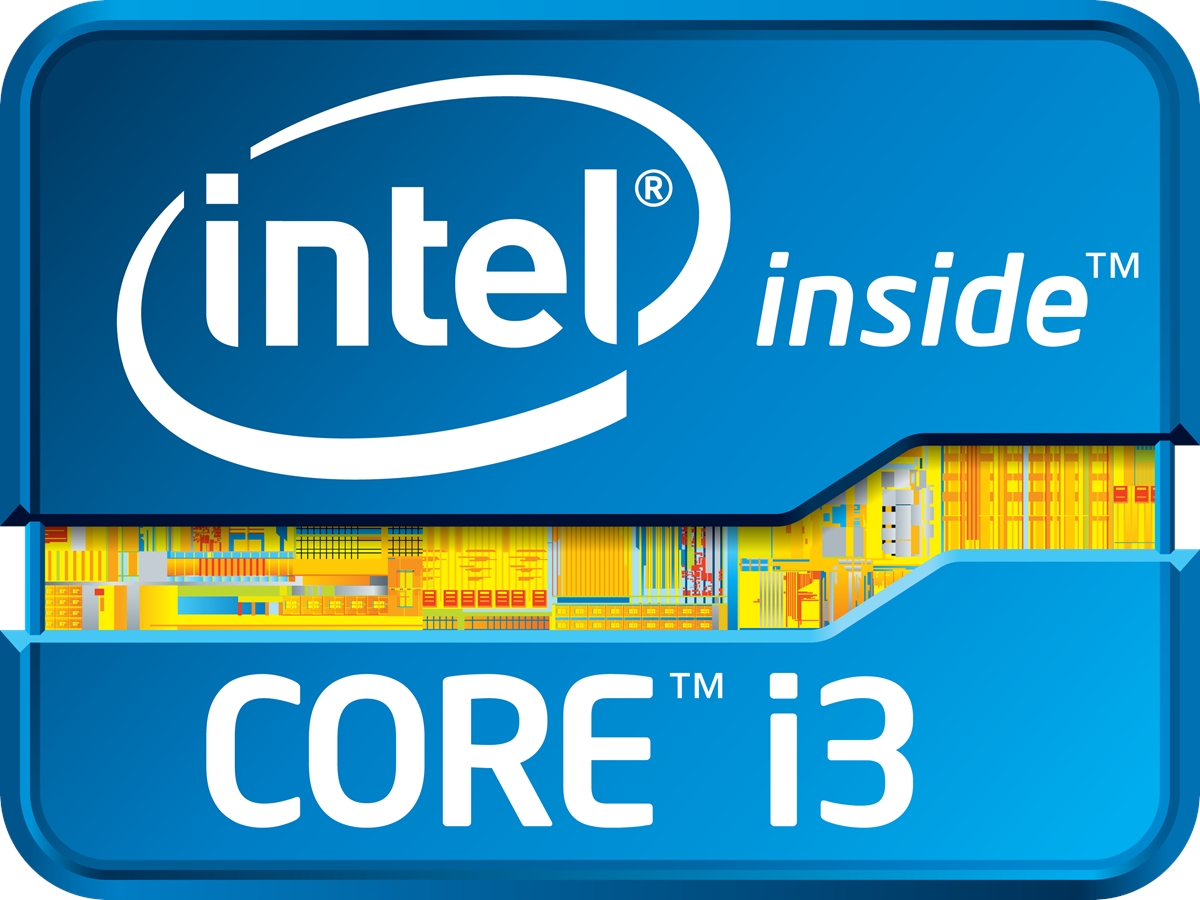
Introduced in 2011, the second-generation Sandy Bridge processors marked a shift to 32nm fabrication technology, replacing the older Nehalem architecture. This transition brought greater practicality and efficiency compared to earlier generations.
Sandy Bridge features a 62KB L1 cache and 256KB of L2 cache per core, with L3 cache ranging from 1MB to 8MB. Extreme processors in this generation could have between 10MB and 15MB of L3 cache.
The Sandy Bridge processors use the LGA 1155 socket and support 2-channel DDR3-1066 RAM. Notably, this generation also integrated a GPU for improved graphics processing.
14. Nehalem Generation
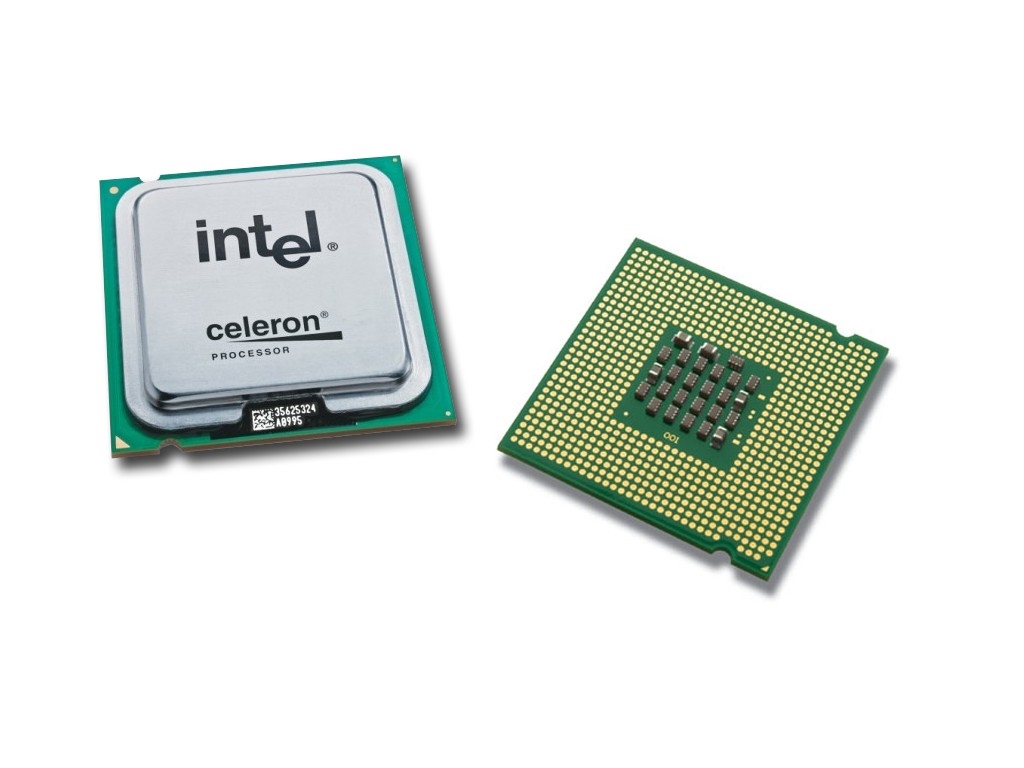
Released in 2010, the Nehalem architecture represents the first generation of Intel's Core processors. Nehalem succeeded the original core architecture, which had limitations such as a lack of clock speed improvements and inefficiency.
This first-generation architecture used 45nm fabrication technology and introduced DDR3 RAM into the processor chips. Nehalem also brought back hyper-threading technology, which had been previously discontinued, especially in the initial Core i3 processor models.
In terms of cache, Nehalem processors come with 64KB of L1 cache, 256KB of L2 cache per core, and shared L3 cache ranging from 4MB to 12MB, depending on the model.
Intel has released numerous processor series over the years. So, what generation and series does your computer or laptop belong to? You can usually find the information on a sticker near the keyboard!
